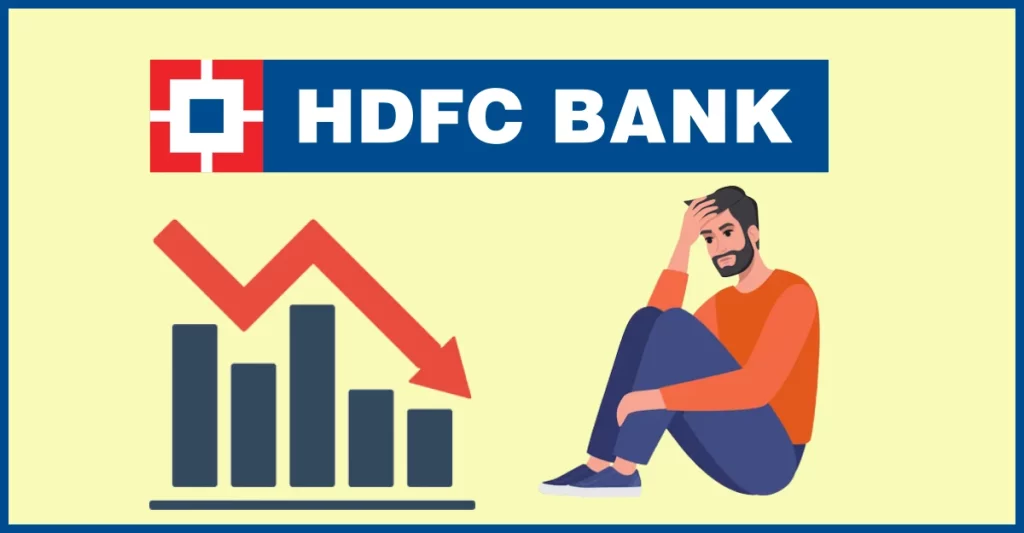Do you know why HDFC Bank was considered a gem in the Indian financial market? For being the champ of NIM (Net Interest Margin) for over 20 years. And how much was the NIM? Nearly 4%!
If you noticed clearly, I used a past tense for calling HDFC Bank a champ. Reason? Because the story isn’t the same anymore. By reading the title you must have understood that something is wrong with HDFC Bank. What exactly happened? You may wonder.
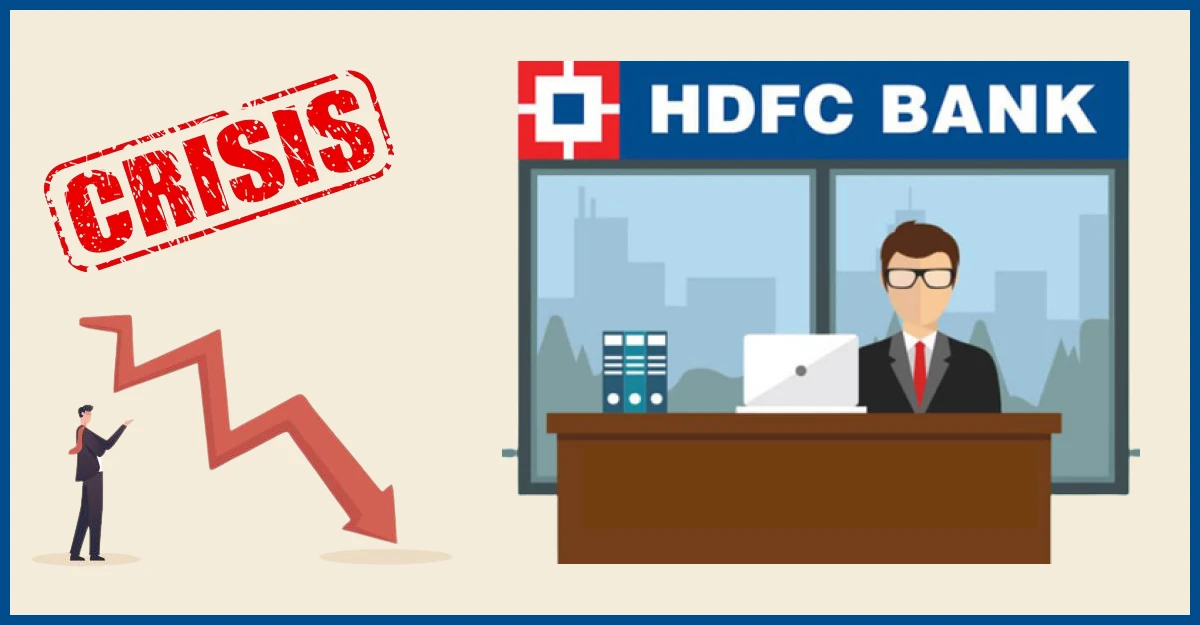
For that, stick to this article as we will decode the root cause of the crisis and the outcomes of the stock fall of HDFC bank.
Let’s begin!
(A) Story So Far: Crisis of HDFC Bank
Till last year, HDFC bank was going through a purple patch with 4% Net Interest Margin. But now it seems to have lost its charm. Why? Because its NIM fell below 3.5%!
{Sorry to interrupt but let me explain the NIM in simple terms before diving into the details. Net Interest Margin (NIM) refers to the measure of the difference between the interest income generated by banks through credit products (loans) and the outgoing interest paid to saving account holders.}
So, the sudden fall of HDFC Bank’s NIM was no less than a thunderbolt for the banks as well as for the investors. Consequently, its stocks also dropped by 10%.
What could be worse than that? Both domestic and international investors are sprinting to exit from the HDFC stock chain.
The news is flooded with headlines like “HDFC Bank shares dropped to a 52-week low,” “HDFC Bank down,” “With loss of Rs.1 lakh-crore, HDFC Bank shares recorded the worst day,” and so on.
Let me summarise what happened so far with authentic data-
- Market cap of HDFC Bank dropped to Rs.11.12 lakh crore in the midst of broad market rally. For the uninitiated, let me tell you that the rally in the stock market refers to a sustained rise (10%-20%) in stock and index prices.
- Rs.1.04 lakh shares of the bank were passed to different owners with a turnover amount of Rs.15.18 crore on BSE.
- HDFC Bank stock has a beta of 0.5% signifying that it is half as volatile as the market. In other words, it indicates less volatility and the stock is less risky than the market.
Alright! Then why is this large cap stock trading lower than the 5 day, 10 day, 100 day, 150 day, and 200 day moving averages?
For that, we need to understand the whole episode of HDFC Bank’s operation. Go through the next section and you will find out!
(B) What’s Wrong with HDFC Bank?
Although HDFC Bank hasn’t announced its ailments yet. But here are some opinions of the financial analysts and experts that state the root cause of HDFC Bank’s crisis-
(B.1) Harsh Consequences of Merger
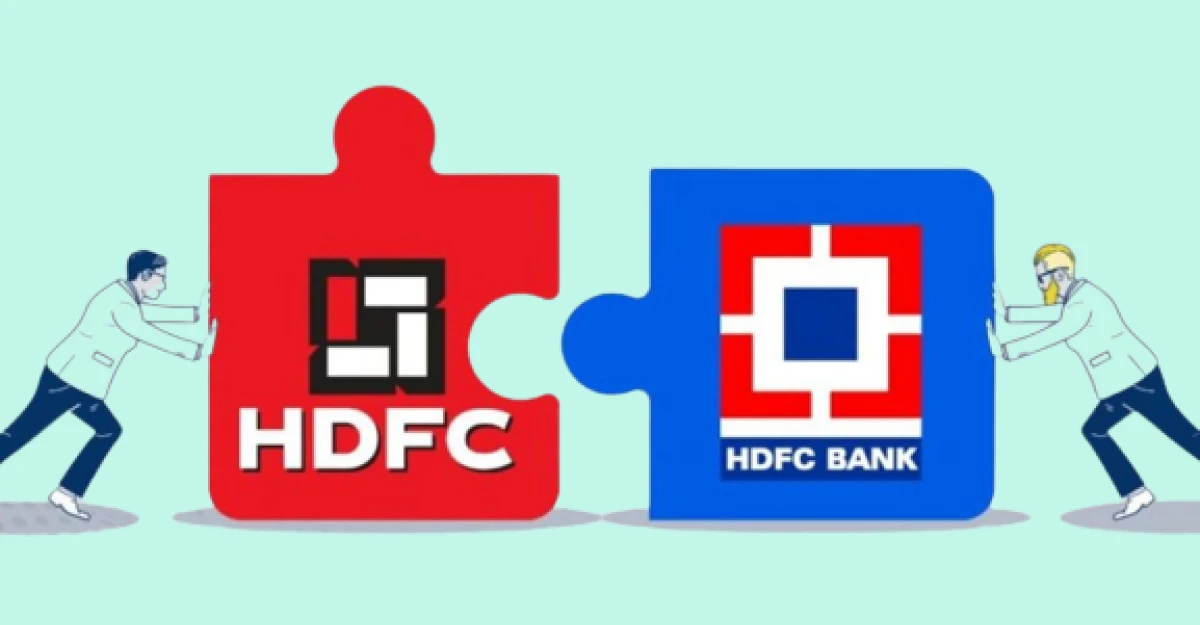
The $60 billion merger of HDFC Bank with its parent entity faced a bunch of challenges. As you know, HDFC Bank’s consistent efforts to achieve a higher NIM is attributed to its substantial base of non-interest-bearing accounts and savings accounts with minimal interest payouts.
Then enters another player i.e. HDFC Ltd, the housing finance company in the equation. Unlike HDFC Bank, HDFC Ltd was limited to raising high-cost Fixed Deposits, resulting in thinner margins, hovering around 2%-2.5%.
Post-merger, the proportion of high-cost borrowings surged from 8% to 21% of HDFC Bank’s liabilities. And this shift significantly impacted margins, given that liabilities now comprised deposits with repayment obligations!
Perhaps you remember the anticipation among industry analysts of a temporary financial impact due to the merger. However, the market’s response might be attributed to communication nuances. In the previous quarter, the CFO’s assurance of margin improvement ‘over a period of time’ might have misinformed investors, leading to unmet expectations when Net Interest Margins (NIMs) exhibited no noticeable improvement.
The repercussions of the merger on HDFC Bank’s financials manifested in the escalation of high-cost borrowings, reaching Rs 7.38 lakh crore as of December 31, up from Rs 2.09 lakh crore on June 30. This surge heightened the cost of funds to 4.9%, compared to 4% on June 30.
Despite strategic efforts to reduce high-cost deposits, non-retail deposits experienced a decline of Rs.11,800 crore, while retail deposits saw an increase of Rs.53,000 crore during the quarter, resulting in a net rise of Rs.41,100 crore on the deposit front. These figures signaled a substantial deviation from previous quarters, intensifying the impact of the merger on HDFC Bank’s financial dynamics.
(B.2) Slower Deposit Growth & its Implications
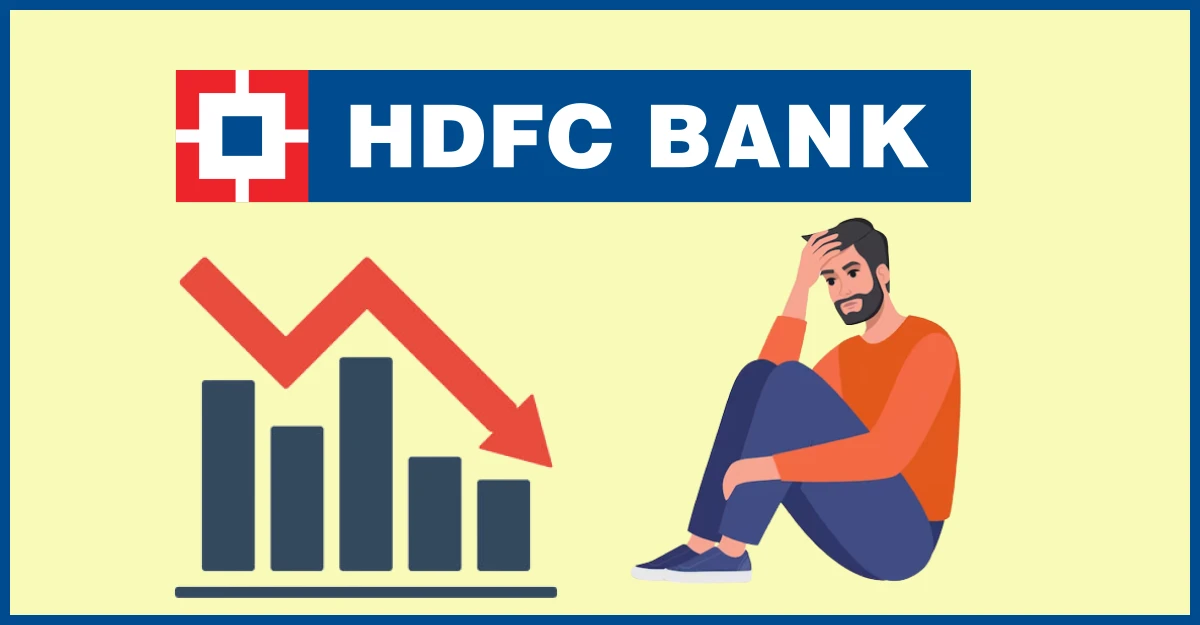
Let’s talk about a bit of a slowdown in deposit growth – something that impacts how freely a bank can lend out money. You see, when deposits don’t grow as quickly, it can put a damper on a bank’s ability to lend, and, in turn, make money.
Now, what’s causing this slowdown? Well, it seems like the incremental growth in system deposits has fallen behind. On top of that, people are getting drawn to other financial goodies like mutual funds, and traditional banks are feeling a bit left out.
Remember back in October 2023 when the bank’s CEO confidently said, “Funding [deposits] is never going to be an issue”? Fast forward to today, and surprise – deposit growth has hit the brakes. To keep things in balance, the bank ideally wants deposits to grow 3–4% faster than credit growth. But, oops, that’s not happening right now.
This is putting a bit of stress on the very thing the bank thought was rock-solid – its funding. It’s like they said, “No worries,” a while ago, and now the situation is saying, “Actually, we’ve got a bit of a challenge here.” It’s a shift in the banking landscape, and it’s making them rethink how confident they can be about their funding staying trouble-free.
(B.3) Unfulfilled Expansion Plans and Growth Strategy Challenges
Here comes a little hiccup the HDFC bank faced – it didn’t quite hit its target of adding 1500 branches in FY24. The new plan scaled it down a bit, aiming for 800-900 branches in total for the fiscal year.
Now, the bank’s management had this belief that to keep growing strong, they need to amp up their Credit to Deposit (CD) ratio. Simply put, they wanted deposits to grow faster than loans. But, you know, this isn’t a quick-change kind of deal. It takes time for the bank to revamp its deposit growth, especially when it’s the biggest private sector bank in the country.
So, they adjusted their branch expansion plans, but the big picture remains – they’re steering towards a balanced growth strategy. Even though they’re not hitting the original branch target, the bank is still all about boosting that CD ratio and giving deposits the lead in the growth race over loans. It’s a bit of a journey, but they’re on it!
(C) Aftermath: Disastrous Stock Fall of HDFC Bank
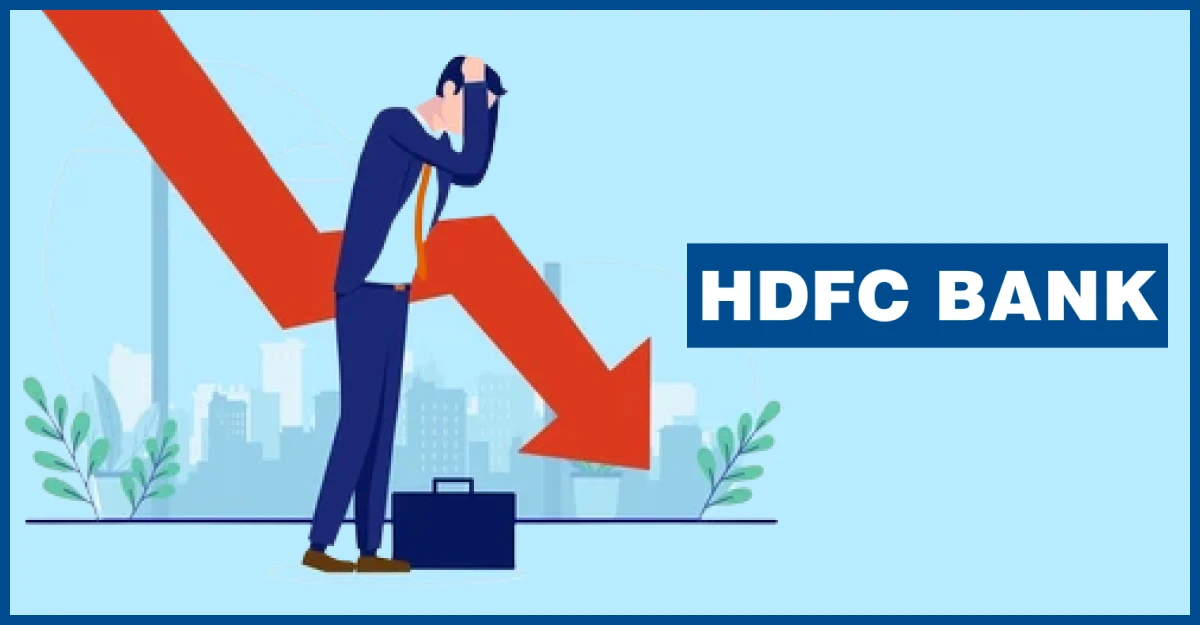
Let’s revise the rollercoaster ride of HDFC Bank’s recent stock tumble. The worries are real, revolving around deposit and loan growth, causing a notable 3-5% drop in the bank’s EPS estimates for FY25-FY26.
But hey, the rating is holding its ground – no downgrade to a Sell rating. It seems everyone’s acknowledging that these structural challenges are industry-wide, and HDFC Bank, though not untouched, is expected to weather the storm and make a comeback.
The stock went on a bit of a selling spree, starting with an 8% dip in its American Depositary Receipt (ADR) on January 16, 2023. Fast forward five days, and the stock’s down by about 14%.
Note: When it comes to private banks, HDFC bank usually competes with Axis Bank and ICICI Bank. That’s why we have presented a thorough breakdown of them here-
Read these articles for sure to understand the concept in detail.
(D) Is the Stock Fall of HDFC Bank Justified?
Now, the big question – is this sell-off justified, and should we brace for more?
Amid the uncertainty around loan growth, don’t overlook HDFC Bank’s powerhouse of deposits, standing strong at over ₹22.1 lakh crore. Compare that to its peer, ICICI Bank, with deposits worth ₹13.3 lakh crore, and you see a clear market leadership.
Even with potential earnings slowing down, the average Target Price is holding steady at ₹1,955 per share. The Price-to-Book Value (P/B) ratio is playing below the standard deviation of its 5-year average, hitting levels we saw during the COVID era. The stock hit its lowest point at ₹1,380 on January 24, 2024, the lowest since September 2022. But here’s the kicker – despite the shaky outlook on loan growth, at this price, the stock is offering a whopping 36% upside from where it stands now. It’s a bumpy ride, but there might just be a silver lining.
(E) Way Forward: Outlook for HDFC Bank’s Future Growth
Coming to the final part, let’s discuss what lies ahead for HDFC Bank’s journey.
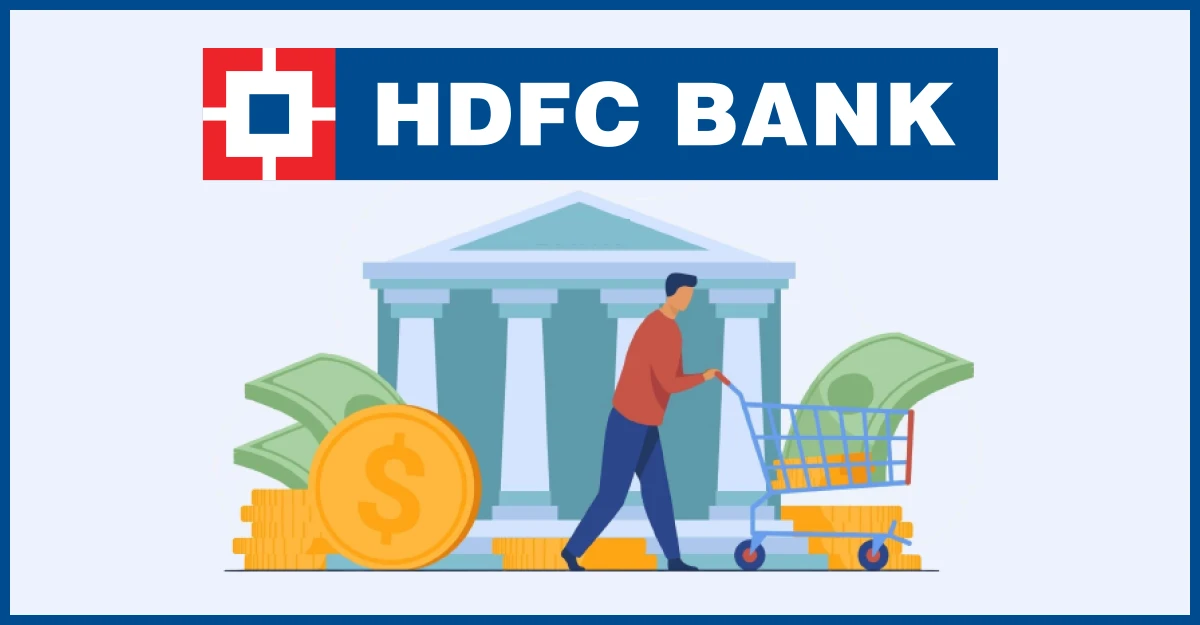
Despite recent bumps, the bank stands strong, grabbing a hefty 18-20% chunk of new deposits. The insiders are whispering that as inflation takes a step back next year and global central banks dial down benchmark rates, the conditions for deposit growth should chill out a bit.
Now, here’s the exciting part – HDFC Bank is sticking to its game plan of doubling its business every four years. It’s like they’ve got their eyes set on the long game amid all the short-term market ups and downs.
Speaking of market rollercoasters, after the recent third-quarter results, the bank’s stock took a bit of a nosedive, shedding nearly 15%. But hey, it’s not all gloom and doom. Just recently, the stock managed to pull off a comeback, closing at Rs 1,455.85 per share, marking a 1.98% rise from its previous close.
So, even though the road might have a few twists and turns, HDFC Bank seems to be steering towards a promising future, keeping its growth ambitions alive and kicking.

